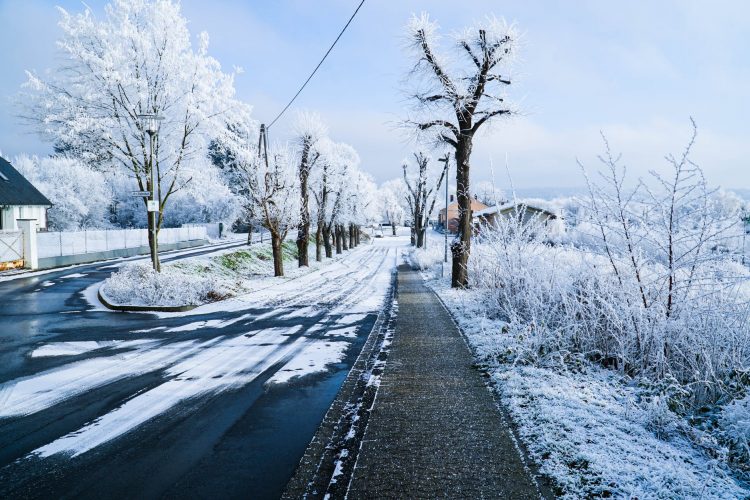Cycling is a great way to exercise and get into better shape. More people are considering the health benefits and taking on the challenge of participating in cycling events. However, cycling requires the people to ride their bikes on roadways and parks, and accidents could happen at any time. A review of the five tips for safe cycling during winter shows better ways to avoid risks.
1. Wear Protective Gear
It is highly recommended that anyone cycling wears protective gear. They should wear a helmet and protective pads just in case they are involved in an accident. Their clothing should be a light color with reflective strips to make it easier to see them at night. By wearing the protective gear, the defendant in a cycling accident cannot claim the victim was also at fault for failing to wear proper attire while cycling. If you have been involved in an accident, find more details by contacting an attorney now.
2. Winterize the Bike
The type of weather that happens in the local area affects how often the person can ride their bicycle. However, some manufacturers make tires for cycles that are easier to use when it snows or if the roadways are icy. It is necessary for the person to make the proper adjustments to ensure their bicycle performs properly in all conditions. If they do not winterize the bike, they could get involved in an accident or cause serious damage to their bicycle.
3. Use Lights At Night
At night, it is best to use lights to make it easier for the cyclist to see where they are going. Manufacturers make lights for bicycles that will not cause issues for other traffic. However, it will present the cyclist with the right amount of light to see during hazardous weather, such as sleet or snow. This can lower the rate of an accident and keep cyclists safer on the road in the winter.
4. Let Others Know You are On the Road
At any time that a cyclist plans to be on the road in the winter, they should let family members know. This ensures their safety if they become involved in an accident while they are riding. If the family hasn’t heard from them by the time the cyclist intended to return, the family will know where to look for them. Providing these details can save a person’s life and prevent them from spending several hours trapped in the snow waiting for a rescue that may not come.
5. Pay Close Attention to Road Conditions
It is imperative that cyclists pay close attention to road conditions, and they must avoid areas that are far too hazardous for cycling. They can review the local weather report and discover what roads have been closed to determine where they can travel when cycling. More severe weather makes it difficult to attempt to ride a bicycle, and the rider must proceed with caution. They should follow all road signs and traffic laws as directed when cycling.
Cycling is a great form of exercise and presents a full-body workout. However, it can also result in traffic accidents that may lead to injuries. Cyclists must learn how to stay safer in hazardous weather and learn about traffic laws that pertain to them.

